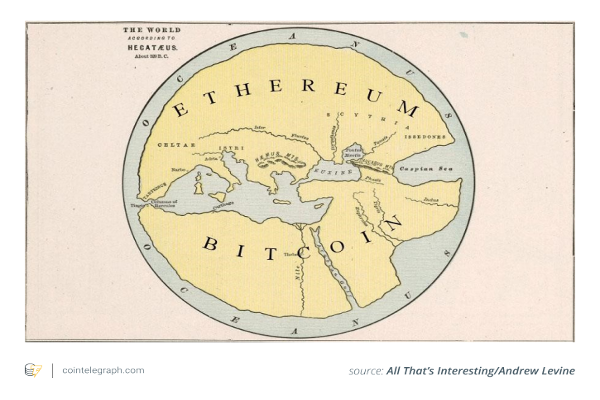Have you ever thought about what exactly goes in the mind of a blockchain developer’? With the advent and advancement of technology each day, digital power is potent enough to transform everything in life. It has the capability to do almost everything out there.

Now comes the next question. Have you ever thought about what exactly happens when you spend time on social networking sites like Facebook, Instagram, Twitter, etc., the entire day? No. we are not talking about the physical repercussions today. These monopolies don’t really produce any sort of technology but clearly extract the value from us as much as possible.
And with that fact, many people basically recognize blockchain technology to disrupt these private monopolies, which is undoubtedly not the case. There has been no specific blockchain yet that hasn’t been able to surpass the existing one.
And even if it did, it Wouldn’t really have the capability to support the kind of incoming growth and adoption as a whole. Unfortunately, there is a whole large list of things that are missing right now and might change if the foundation is changed as per the requirements. Let’s dive into a bit more details regarding this and how to scale vertically.
What is vertical Scaling?
Vertical Scaling is basically how you manage the growth of a single bare node in a network. Blockchains are specified databases that never really discard the information. They are just added gradually. And as a result,this takes up a lot of space and memory, which can make the machine much inefficient.
Now to combat this, node operators usually rely on various hardware that is pretty expensive. They are usually the basic RAM or NVMe. This is what actually pushes the network participation beyond the grip of the ordinary people!
What about sharding?
Now comes one of the important features of a network. The Ethereum full node of 500 GB is still non-existent. This truly complicated mechanism really needs to be added in there so that its blockchain can be broken and divided into bits and pieces. The computational resources can then be spent enabling the ‘shards’ which we were talking about till now. The shard will communicate with one another, and the computations will be done without any hassle!
Now the problem arises when you can’t use the aspect of sharding for horizontal Scaling. This is because blockchains are the main portions, and what determines the efficiency of the system is basically the parts inside the machine, which is quite known to us.
Blockchains are usually not the best with node resource management, and thus they are the best option for vertical Scaling but certainly not for the horizontal ones!
Conclusion
The discussion could be pretty long since the topic of blockchain is pretty vast, and to understand it better, it needs time and patience. But rest assured, the basics have been clear because this is quite a common topic and are really of great importance if you are in this arena.